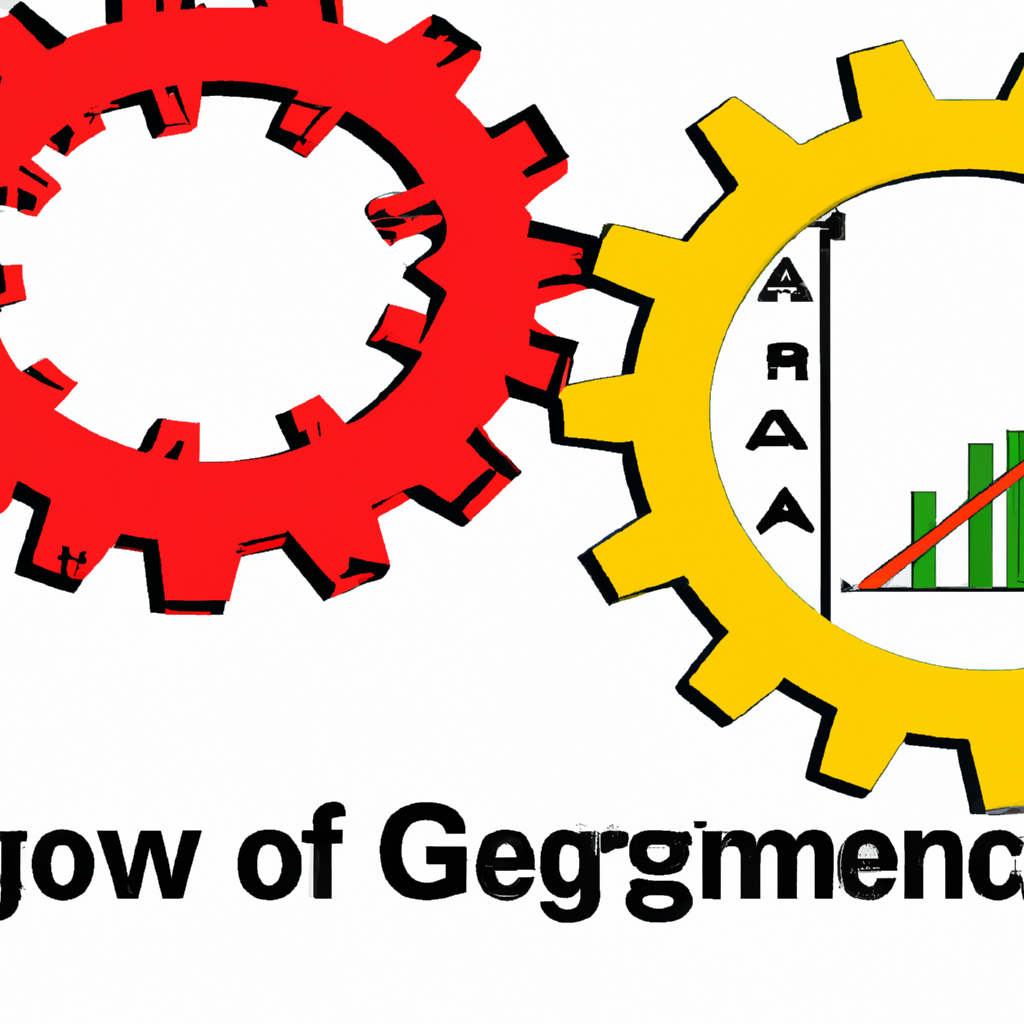Title: Unveiling the Influence: Can Fiscal Policy Affect Aggregate Supply?
Introduction:
In the complex and interconnected world of macroeconomics, fiscal policy typically takes center stage when it comes to stimulating or cooling down economic activity. Governments wield their power over taxation and public expenditure to manage the delicate balance of economic growth, inflation, and unemployment. While the immediate impacts of fiscal policy on aggregate demand are well-documented and widely understood, a more nuanced question emerges when we turn our attention to aggregate supply. Can fiscal policy, with its arsenal of tax cuts, public investments, and subsidies, extend its influence to shape the productive capacity of an economy?
This article delves into the intriguing interplay between fiscal policy and aggregate supply, exploring how government actions can potentially alter the long-term trajectory of economic output. By examining theoretical frameworks, empirical evidence, and real-world case studies, we aim to unravel the mechanisms through which fiscal policy can impact factors like labor productivity, capital accumulation, and technological innovation. Join us on this analytical journey as we uncover the multifaceted effects of fiscal policy on the supply side of the economy and consider the implications for policymakers aiming to foster sustainable economic growth.
Certainly! Here is a suggested content outline for an article on the topic "Can Fiscal Policy Affect Aggregate Supply":
Fiscal policy, which involves government spending and taxation, primarily aims to influence aggregate demand. However, it can also have significant effects on aggregate supply, the total output of goods and services that an economy can produce at a given overall price level in a given period.
One of the primary ways fiscal policy can affect aggregate supply is through its impact on investment and capital formation. For instance, government spending on infrastructure projects such as roads, bridges, and public transportation can enhance the efficiency and productivity of the economy. Improved infrastructure reduces transportation costs, enhances connectivity, and can lead to increased economic activity and output. Additionally, government funded research and development (R&D) can spur innovation, leading to technological advancements that improve productivity and increase the potential output of the economy.
Tax policy is another tool through which fiscal policy can influence aggregate supply. Lower corporate tax rates can increase after-tax profits for businesses, providing them with more resources to reinvest in capital, technology, and labor. This can lead to an expansion of productive capacity. Similarly, personal income tax cuts can increase disposable income for households, incentivizing greater labor force participation and effort, which can also boost aggregate supply.
Education and training programs funded by the government can enhance the skills of the workforce, making labor more productive and adaptable to changing economic conditions. This can lead to a higher level of human capital, which is a critical component of aggregate supply. For example, subsidies or tax incentives for higher education and vocational training can help create a more skilled workforce, capable of supporting more sophisticated and higher-value industries.
Regulatory policies, while not strictly fiscal measures, often accompany fiscal decisions and can significantly affect aggregate supply. Reducing unnecessary regulatory burdens can lower the cost of doing business, enabling firms to expand their operations and increase output. Conversely, increased regulation can raise costs and reduce the incentive for businesses to invest and produce.
However, the effects of fiscal policy on aggregate supply can be complex and multifaceted. For instance, while increased government spending can boost productive capacity, it can also lead to higher deficits and debt levels. If not managed properly, this can result in higher interest rates and crowding out of private investment, which can negatively impact aggregate supply in the long term.
Furthermore, the effectiveness of fiscal policy in influencing aggregate supply can depend on the existing economic environment. In an economy with significant slack and underutilized resources, the impact of fiscal policy on aggregate supply might be more pronounced. In contrast, in an economy operating near full capacity, the effects might be more limited, and the risk of inflationary pressures could be higher.
In conclusion, while fiscal policy is often associated with influencing aggregate demand, it also plays a crucial role in shaping aggregate supply. Through strategic investments in infrastructure, education, and technology, as well as thoughtful tax and regulatory policies, governments can enhance the productive capacity of the economy, leading to sustainable long-term growth. However, the design and implementation of these policies must carefully consider potential trade-offs and long-term implications to effectively support aggregate supply.













